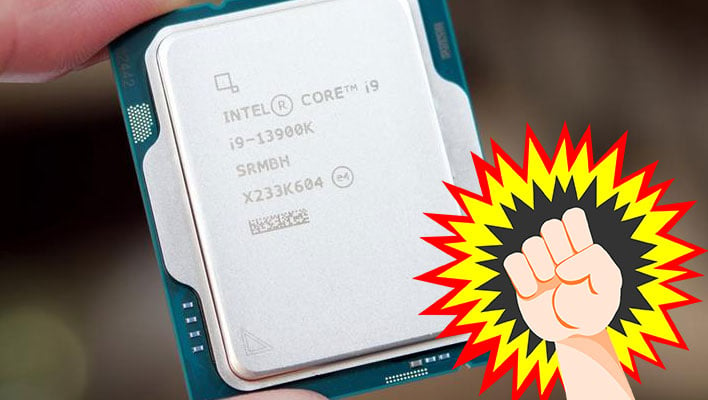
What we have is a CPU-Z screenshot that was posted to Tieba Baidu. It only shows the ‘Bench’ tab and there’s no accompanying commentary to reveal what specific Arrow Lake SKU this is supposed to represent, let alone things like core and thread counts, clock speeds, TPD, or anything else of interest. Heck, we don’t even see any mention of Arrow Lake, though perhaps something is getting lost or dropped in a Google Translation—according to the folks at WCCFTech, the user claims the image is from a different group and allegedly points to an Arrow Lake CPU.
In any event, here’s a look…

According to the screenshot, the unidentified chip scored 1,143.2 in the the single-threaded test and 12,922.4 in the multi-threaded test. The screenshot also shows the average score for a Core i9-13900K, and at least that part we can corroborate—we see the same numbers appear when firing up CPU-Z and selecting that CPU for the reference.
Going from 902 (Core i9-13900K) to 1,143.2 (alleged Arrow Lake part) equates to a sizable 26.7% performance uplift. The single-threaded score is also higher than what the Core i9-14900KS achieves at stock settings (around 967).
Even if we accept that this is an actual Arrow Lake ES chip and not a faked benchmark (the latter of which has been accused in the forum thread), it wouldn’t be accurate to dub this an IPC uplift. That’s because we have no idea what clocks the mystery CPU is running at to obtain this score.
Interestingly, the multi-core score is around 29.1% lower than the Core i9-13900K. This suggests that the alleged Arrow Lake part is a lower-end SKU, perhaps even an entry-level model, with fewer cores and threads. That would explain the massive disparity in multi-threaded performance.